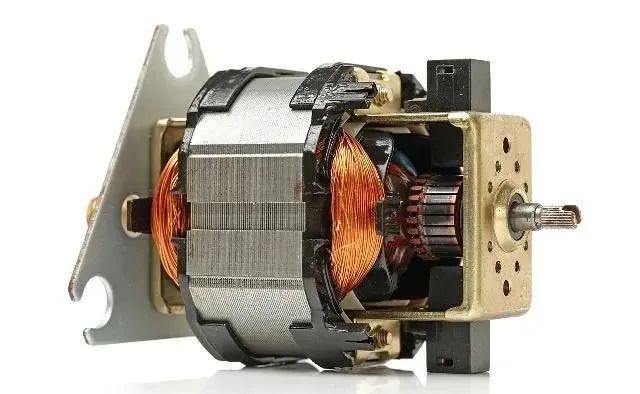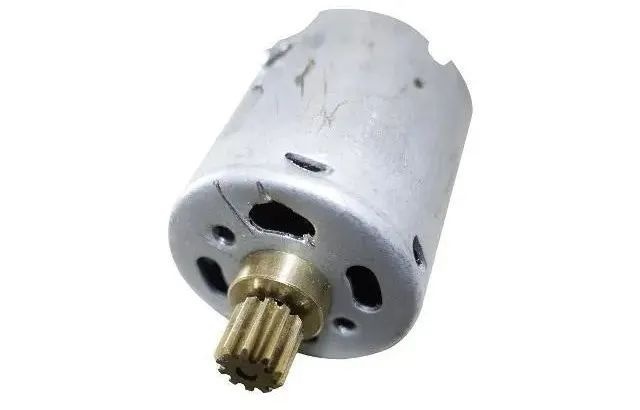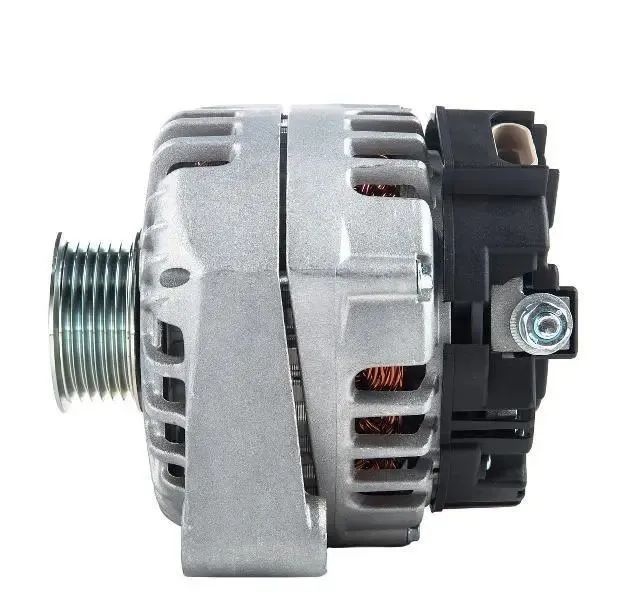Why has noise plagued the motor manufacturing industry and cannot be solved?
It's hard to imagine today's world without motors, their use continues to expand into new areas of our lives, the demands on the sound quality of these motors are getting higher and higher, and manufacturers of motors and other equipment are increasingly required to have the ability to handle noise broad capabilities. In a highly competitive market, it is often difficult for motor manufacturers to find solutions to noise problems. The quality of design and manufacture depends to a certain extent on the understanding and application of acoustic expertise. Even finding a qualified way to describe a noise problem is often difficult, and often not even attempted. Instead, people would say vaguely, "We have a noise problem with our motors!"

When evaluating the type and size of a motor, most of the focus is on the quality of the required function, the service life, and the cost of purchasing and operating. Side effects such as heating, vibration and noise are generally undesirable, but they play a very important role in the decision to use a particular motor. Small motors are often installed in small spaces in equipment, so the heat they generate can be particularly disadvantageous even when the actual heat output is small, as the surrounding equipment itself tends to provide little opportunity for heat dissipation. The frequency of the motor is usually close to that of the human ear and touch, and the noise and vibration that a small motor can produce is relatively much smaller than the noise and vibration that a large motor can produce.
For large motors and electric motors, noise and vibration must be measured and evaluated using standards, and small motors are barely audible due to their small size, even though the vibrations it produces are generally not considered objectionable. Small motors can only be subjectively assessed if they are installed in or on equipment, and usually only in such installations will they have a significant impact. The subjective evaluation of the noise and vibration characteristics of the motor installed in the equipment must be quantified by measurement techniques, and from this information, the vibration and noise limit specifications for the motor must be derived in order to be agreed so that these specifications can be met when the motor is manufactured. The description and derivation of this limitation can be very complex in individual cases, so a test standard for large motors does not make sense for small motors.

The motor is the source of the noise, and the device on which it is installed is just the "speaker", trying to figure out the cause of the unpleasant vibration and noise in the product and eliminate them as much as possible. Customers, manufacturers must find ways to address anticipated or existing vibration or noise issues that can best be addressed regarding motor operation in the overall system. Overcoming unwanted vibration or noise on the journey from the motor itself to our hearing or touch is often easier and more cost-effective than it actually is. If certain rules are not followed, the vibration induced by a motor on its transmission path can become more severe, which means that the fundamental principles of noise transmission paths must be analyzed and considered, as well as the unique characteristics and mitigation of such noise and vibration Technology options for noise and vibration.

in conclusion
Before the measurement of motor noise, the vibration characteristics of the equipment on which the motor is installed must first be conceptually considered, and a conceptual model of the system measurement and testing obtained from this conceptual analysis. The results will be clear only after a planned and systematic measurement, using the appropriate acoustic and vibration measurement techniques combined with appropriate methods. Only then can we move from subjective judgments to descriptions based on actual measurements to obtain limit values that can be used for motor development, manufacturing, application and quality testing.



























 XINDA
XINDA